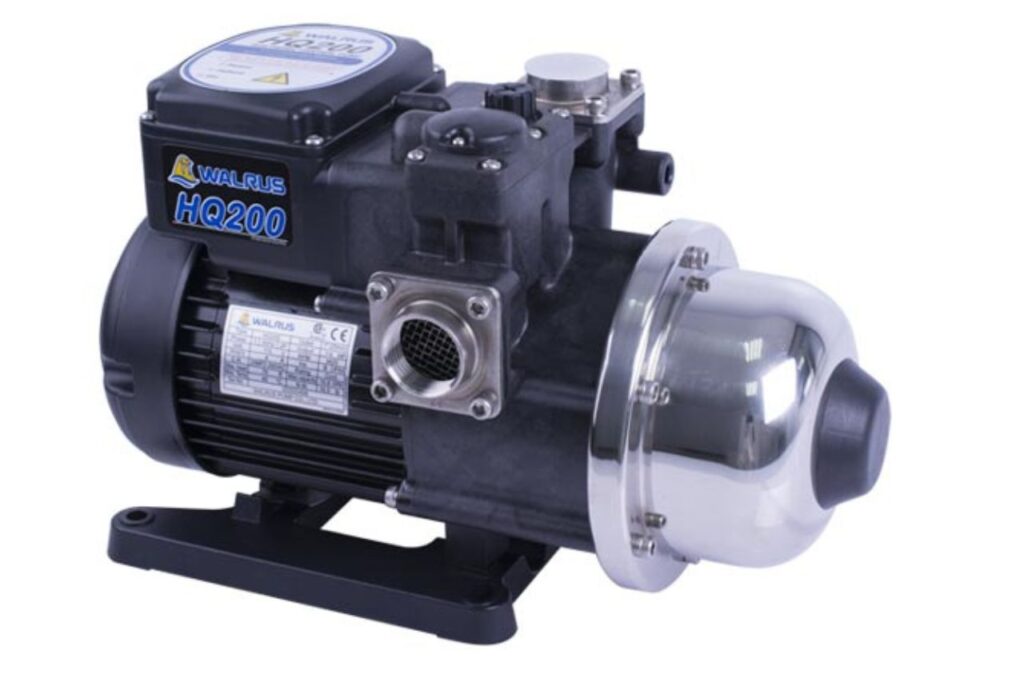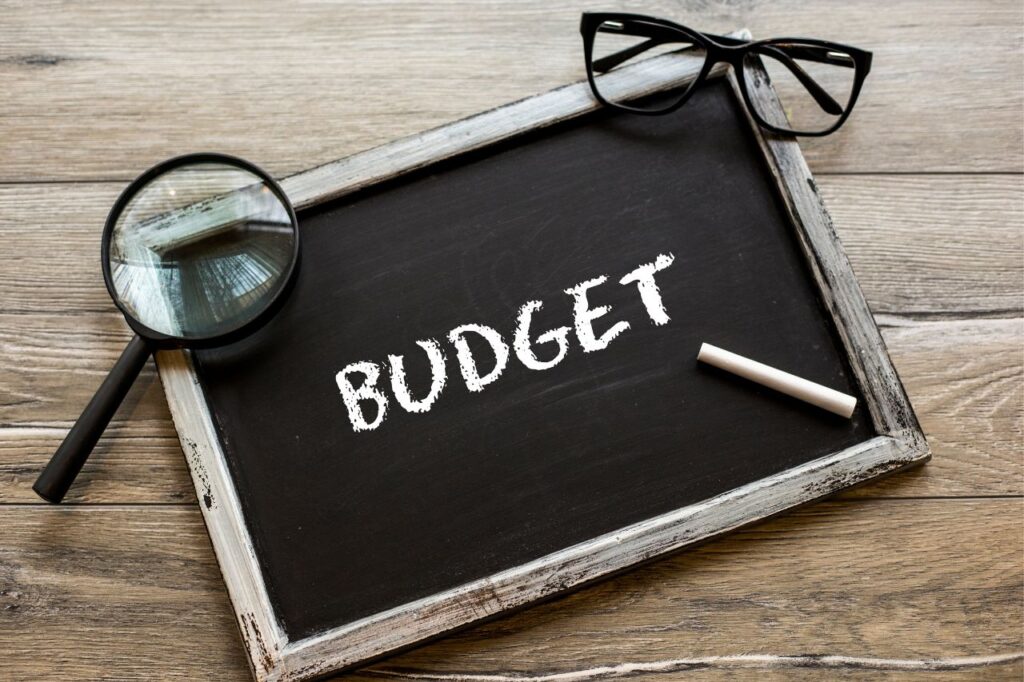When it comes to managing water flow, two types of pumps commonly come to mind: transfer pumps and booster pumps.
Both of these pumps are designed to move water from one place to another, but they serve different purposes.
If you’re looking to purchase a pump for your home or business, it’s important to understand the differences between these two options.
In this article, we’ll explore the key differences between transfer pumps and booster pumps, and help you determine which one is the best fit for your specific needs.
So, let’s dive in and explore the world of water pumps!
Key Takeaways:
- Transfer pumps are used to move water from one container to another, while booster pumps are used to increase water pressure.
- Transfer pumps are typically powered by electricity and are designed to move large volumes of water quickly and efficiently.
- Booster pumps are used in applications where the water pressure is too low, such as in buildings with multiple floors or in areas with low water pressure.
- When choosing between transfer and booster pumps, factors to consider include the intended use, size of the pump, type of power source, and budget.
- Transfer pumps are generally more cost-effective and versatile, while booster pumps are capable of increasing water pressure but may be more expensive and require more maintenance.
Understanding the Basics of Pumps
Before we dive into the differences between transfer pumps and booster pumps, it’s important to understand the basics of pumps.
Pumps are machines that are used to move liquids or gases from one place to another.
They can be powered by electricity, gasoline, diesel, or even human power.
Pumps come in a wide variety of shapes and sizes, depending on their intended use.
Some pumps are designed for industrial use, while others are designed for use in homes or small businesses.
Pumps typically consist of a motor that drives an impeller, which is a rotating component that moves the liquid or gas through the pump.
The impeller can be made of plastic, metal, or other materials, depending on the intended use of the pump.
There are many different types of pumps, including centrifugal pumps, positive displacement pumps, and axial flow pumps.
Each type of pump has its own unique characteristics and is designed for a specific purpose.

Differences Between Transfer Pumps and Booster Pumps
Transfer pumps and booster pumps are two common types of pumps that are used in a variety of applications.
Transfer pumps are typically used to move water from one container to another, such as from a well to a storage tank or from a pool to a drain.
Transfer pumps are designed to move large volumes of water quickly and efficiently.
They are typically powered by electricity and can be used for both residential and commercial applications.
Booster pumps, on the other hand, are used to increase water pressure.
Booster pumps are typically used in applications where the water pressure is too low, such as in buildings with multiple floors or in areas with low water pressure.
Booster pumps are designed to increase the pressure of the water as it moves through the pump.
This allows water to flow more quickly and efficiently through pipes and other fixtures.
When to Use a Transfer Pump
Transfer pumps are typically used in applications where water needs to be moved from one place to another.
This can include applications such as filling a swimming pool, draining a basement, or transferring water from a well to a storage tank.
Transfer pumps are designed to move large volumes of water quickly and efficiently.
They are typically powered by electricity and can be used for both residential and commercial applications.
Transfer pumps come in a variety of shapes and sizes, depending on the intended use.
Some transfer pumps are designed for use in ponds or other bodies of water, while others are designed for use in swimming pools or other residential applications.
Transfer pumps can also be used in industrial applications, such as in manufacturing plants or wastewater treatment facilities.
When to Use a Booster Pump
Booster pumps are typically used in applications where the water pressure is too low.
This can include applications such as in buildings with multiple floors or in areas with low water pressure.
Booster pumps are designed to increase the pressure of the water as it moves through the pump. This allows water to flow more quickly and efficiently through pipes and other fixtures.
Booster pumps come in a variety of shapes and sizes, depending on the intended use.
Some booster pumps are designed for use in residential applications, while others are designed for use in commercial or industrial applications.
Booster pumps can also be used in irrigation systems, fire protection systems, and other applications where high-water pressure is required.
Factors to Consider When Choosing Between Transfer and Booster Pumps
When choosing between transfer and booster pumps, there are several factors to consider.
The first factor to consider is the intended use of the pump.
If you need to move water from one container to another, a transfer pump may be the best option.
If you need to increase water pressure, a booster pump may be the best option.
Another factor to consider is the size of the pump.
The size of the pump will depend on the amount of water that needs to be moved or the amount of pressure that needs to be increased.
It’s important to choose a pump that is the right size for your specific needs.
The type of power source is another factor to consider.
Transfer pumps are typically powered by electricity, while booster pumps can be powered by electricity, gasoline, diesel, or other sources.
The type of power source will depend on the intended use of the pump and the availability of power sources in the area where the pump will be used.

Types of Transfer and Booster Pumps
There are many different types of transfer and booster pumps, each with its own unique characteristics and intended uses.
Some common types of transfer pumps include submersible pumps, centrifugal pumps, and diaphragm pumps.
Submersible pumps are designed to be submerged in water and are typically used in applications such as sump pumps or sewage pumps.
Centrifugal pumps are designed to move large volumes of water quickly and efficiently.
Diaphragm pumps are designed to move liquids with high viscosity or solids.
Some common types of booster pumps include inline pumps, multistage pumps, and jet pumps.
Inline pumps are designed to be installed in-line with the water supply line and are typically used in residential applications.
Multistage pumps are designed to increase water pressure over multiple stages and are typically used in commercial or industrial applications.
Jet pumps are designed to be installed above ground and are typically used in residential applications.
Pros and Cons of Transfer and Booster Pumps
Transfer and booster pumps each have their own unique advantages and disadvantages.
Transfer pumps are typically more cost-effective and can be used in a wide variety of applications.
They are also easy to install and maintain. However, transfer pumps may not be able to increase water pressure, and they may not be suitable for applications where high water pressure is required.
Booster pumps, on the other hand, are designed to increase water pressure and can be used in a wide variety of applications.
They are also capable of moving large volumes of water quickly and efficiently.
However, booster pumps can be more expensive than transfer pumps and may require more maintenance.
Maintenance and Care for Transfer and Booster Pumps
Proper maintenance and care are essential for the long-term performance and efficiency of transfer and booster pumps.
Regular maintenance can help prevent breakdowns and prolong the life of the pump.
Some common maintenance tasks include checking the pump for leaks, replacing worn or damaged components, and cleaning the pump and its components.
It’s also important to follow the manufacturer’s instructions for proper installation and use of the pump.
This can help prevent damage to the pump and ensure that it operates efficiently.
Prices and Budget Considerations
When choosing between transfer and booster pumps, it’s important to consider the cost of the pump and your budget.
Transfer pumps are typically less expensive than booster pumps, but the cost can vary depending on the size and type of pump.
Booster pumps can be more expensive, but they may be necessary for applications where high-water pressure is required.
It’s important to choose a pump that fits within your budget and meets your specific needs.
It’s also important to consider the long-term cost of the pump, including maintenance and repair costs.

Conclusion
In conclusion, transfer pumps and booster pumps are two common types of pumps that are used in a variety of applications.
Transfer pumps are typically used to move water from one container to another, while booster pumps are used to increase water pressure.
Choosing the right pump for your needs can make all the difference in terms of efficiency, performance, and cost-effectiveness.
When choosing between transfer and booster pumps, it’s important to consider factors such as the intended use of the pump, the size of the pump, the type of power source, and your budget.
By understanding the differences between these two types of pumps, you can make an informed decision and choose the pump that is the best fit for your specific needs.

